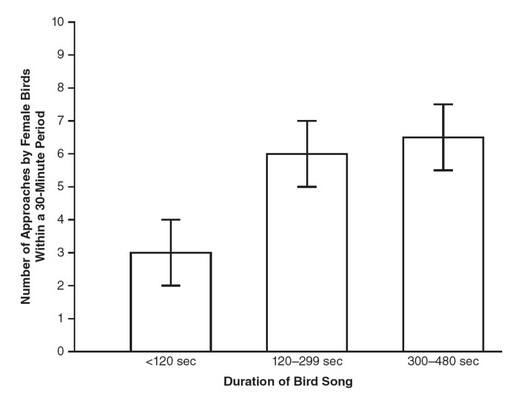Question
Two species of ground squirrels are separated by a river that they cannot cross. Genetic analyses of the two species of ground squirrels indicate that 99.3% of their DNA is homologous.
(a) Describe the type of reproductive isolation that separates the two species of ground squirrels.
(b) Explain how homology in DNA is used to determine ancestry.
(c) Due to a severe drought, the decision is made to divert water away from the river to a reservoir that supplies water for a nearby city, and the river separating the two species dries up. Predict the effect this will have on the two species of ground squirrels in the area.
(d) Justify your prediction from part (c).
▶️Answer/Explanation
Ans:
(a) This is a type of habitat isolation because the two species are
separated by the river into different habitats.
(b) The greater the percentage of homology of DNA between two
species, the more recently they shared a common ancestor.
(c) After the river that once separated the two species dries up,
members of the two ground squirrel species will be able to
interbreed with each other.
(d) Since the degree of homology in the DNA between the two species
is very high, they probably diverged relatively recently, so there is
a good likelihood they will be able to interbreed and produce fertile
offspring. With the elimination of the river that once separated
them, they will be able to come into contact with one another and
interbreed.
Question
The males of a particular species of bird attract mates with their bird songs. Male birds were observed, and the duration of their bird songs were recorded. The durations of the bird songs were classified into three groups: less than 120 seconds, 120–299 seconds, and 300–480 seconds. The number of females that approached the male birds within the 30-minute period, including during and immediately following the bird songs, was recorded. A graph of the data with 95% confidence intervals follows.
(a) Based on the data provided, make a claim about how the duration of the bird songs affects the number of females approaching the males.
(b) Describe the type of reproductive isolation that bird songs are an example of. Identify one more example of this type of reproductive isolation.
(c) Analyze the data in the graph, and determine whether there is a statistically significant difference in the number of females approaching males with bird songs in the 120–299 second range and the number of females approaching males with bird songs in the 300–480 second range.
(d) Predict the number of females that would approach a male with a bird song that is longer than eight minutes (480 seconds). Justify your prediction.
▶️Answer/Explanation
Ans:
(a) Males with bird songs of shorter durations (less than 120 seconds)
will be approached by fewer females than males with bird songs of
120 seconds or more in duration.
(b) Bird songs are a type of behavioral isolation. Another example of
behavioral isolation is the mating dance.
(c) The data are inconclusive because the 95% confidence intervals for
the bird songs of 120–299 seconds and 300–480 seconds overlap.
Therefore, there does not appear to be a statistically significant
difference between the two groups.
(d) There is a large increase in the number of female birds that
approach males with bird songs 120 seconds or longer (compared
to those with songs that are less than 120 seconds). However, there
does not appear to be a difference between the number of females
approaching males with songs that are 120–299 seconds long and
males with songs that are 300–480 seconds long. Therefore, it is
unlikely that birds with songs longer than 480 seconds will attract
significantly more females. Thus, a reasonable prediction would be
that a song longer than eight minutes (480 seconds) would not
attract significantly more female birds than songs that were 120–
480 seconds long.
Question
Flowering is an energetically expensive process for a plant. For many species of angiosperm, in order to reproduce sexually, flowering must occur within a particular window of time. Describe how the environment applies selective pressure to this trait (the timing of flowering). Consider both biotic and abiotic factors. Include a description of the selective pressures this may put on another organism that interacts with the plant.
▶️Answer/Explanation
Ans:
Flowering is an energetically expensive process for a plant.
Reproductive effort is the proportion of energy (or biomass) that an
organism allocates to reproduction (instead of growth or maintenance).
Ill-timed flowering maximizes the reproductive effort while minimizing the
number of offspring. For example, if flowering occurs at the wrong time of
year, other members of the same species may not have flowered yet,
resulting in a loss of reproductive opportunity for the plant. If flowering
occurs in inclement weather, it may reduce or eliminate the number of
offspring that result. If the plant is an annual plant, it may have forfeited
reproduction entirely.
Flowering plants typically depend on animals to assist in the
pollination process. If a plant flowers at an unusual time of the year, the conditions for pollination may not be met. For example, the animal
pollinators may not be present or active at that time of year.
